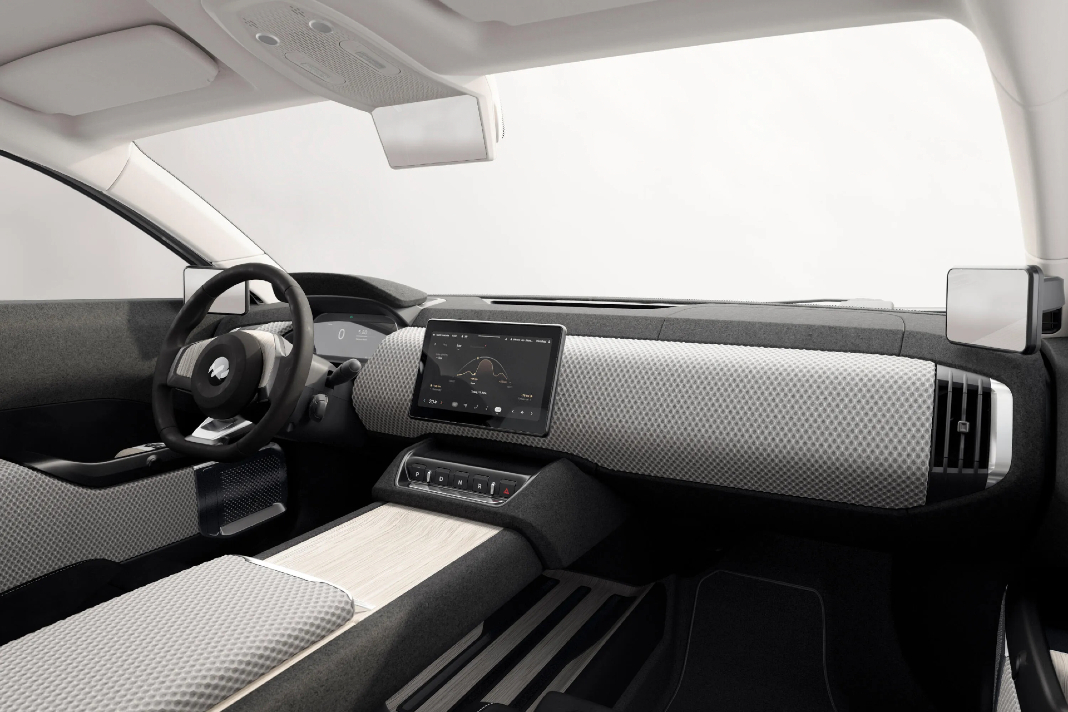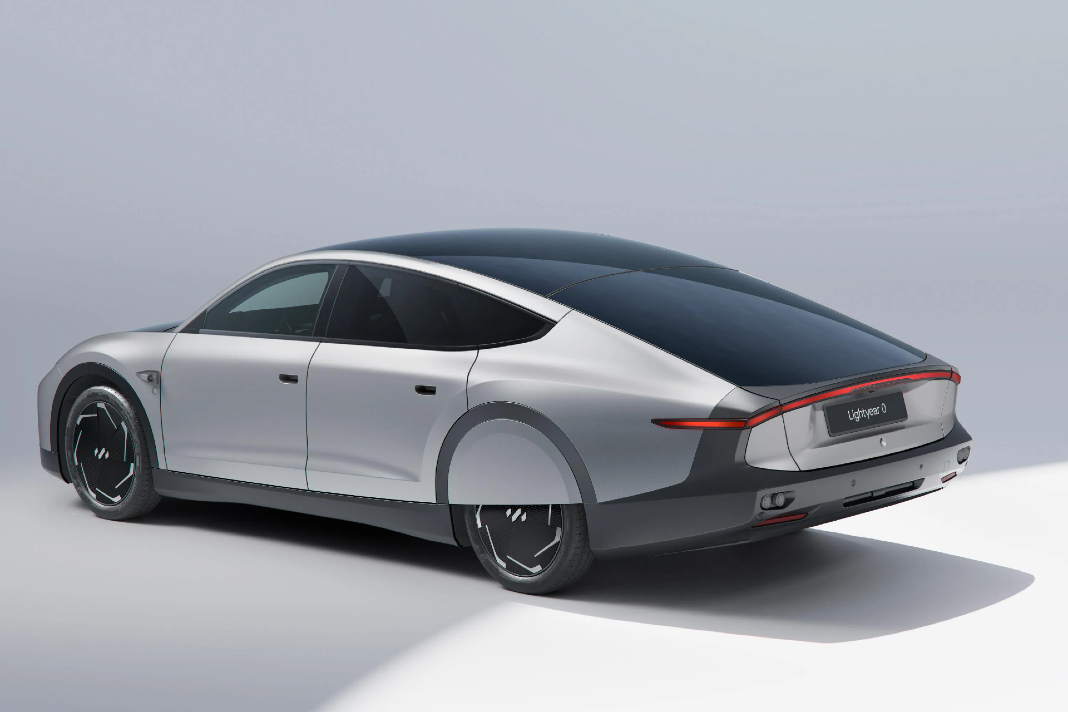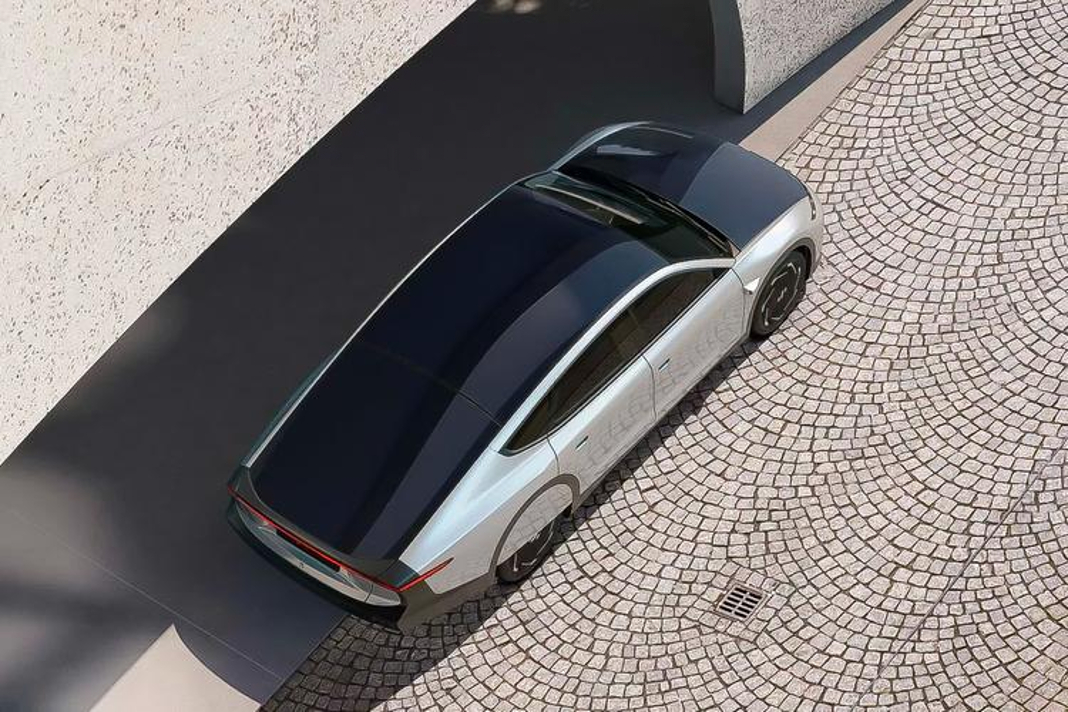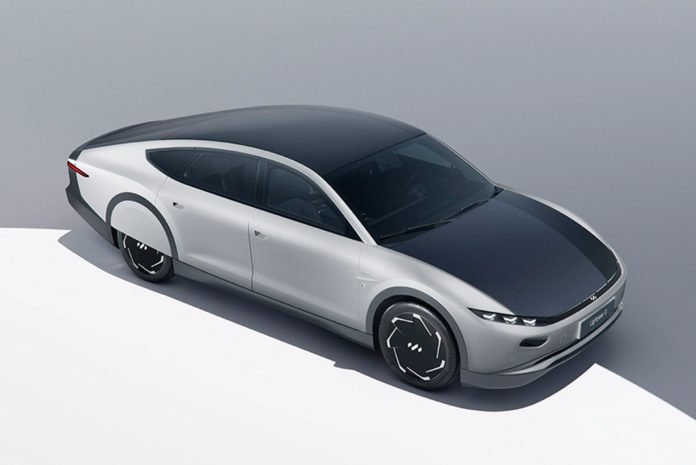The solar panels of the Lightyear 0 EV Sedan adds 44 miles per day
Netherlands-based EV startup Lightyear has been developing the Lightyear 0 EV sedan for the past six years, and now they’re finally ready to put it into production. Out of only 946 units that’ll be produced, the Lightyear 0 EV sedan won’t come cheap with a starting price of 250,000 Euros (around $266,000).
That’s nearly double the price of the Lightyear One prototype that was announced back in 2019. While it shares an identical shape to its former, the Lightyear 0 EV sedan is also a great improvement over the One prototype with smoother lines, upgraded tail lights, and cameras instead of side view mirrors. Its chassis and frame are built with aluminum, reclaimed carbon, and residual carbon fiber materials to make the EV both sustainable and lightweight.
The interior has also been refined using vegan, sustainable materials that include plant-based leather, rattan palm wood trims, fabrics from recycled bottles, microfiber upholstery, and insulated particle foam. A 10.1-inch touchscreen mounted on the dash runs the Android Automotive operating system with Android Auto and Apple CarPlay compatibility, navigation, over-the-air updates, and a phone-as-key function.

According to CNET Roadshow, the Lightyear 0 EV sedan’s engine has a four-motor configuration connected to a 60-kWh battery pack which provides a combined 174 horsepower and 1,269 ft lbs of torque. In 10 seconds, it can go from zero to 62 mph and has a maxspeed of just under 100 mph.
We’d like to save the best feature for last. Thanks to the 16.4 square feet of solar panels built on the car’s roof and tail, the 388 miles of range will get a boost of an additional 44 miles. Lightyear claims that owners can easily go on for months between charges. This arrangement also means the 0 has a smaller battery than its competitors, cutting its weight and cost of production.
The first test drives of Lightyear’s premiere electric vehicle will take place in July, with production beginning this fall with deliveries expected by the end of the year. Orders are now live on the Lightyear website.


